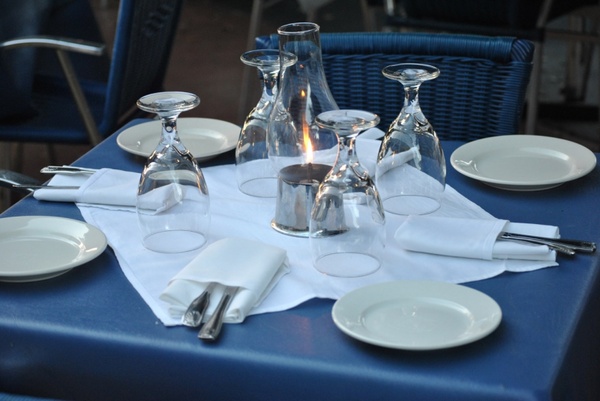For some the restaurant wine list is a dreaded, somewhat embarrassing and often intimidating part of the dining experience. I frequently hear from Uncorked readers asking for advice on navigating the wine list.
For me, the first look at a restaurant’s wine list can be compared to the thrill of the first look at a page-turning novel. In all honesty, I sometimes enjoy exploring the wine list more than the food menu.
If you are in a fine-dining restaurant chances are strong they have given careful thought to the wine choices, pricing and food pairing options. With all due respect to my fellow wine managers, in these restaurants you could easily close your eyes, throw a dart at the list to pick your choice and end up with an excellent wine.
But just in case, here are a few tips to keep in mind for your navigation.
- Don’t be shy about asking your server for direction. Most are trained for this moment and it’s a pleasure for them to be asked to guide you on making an ideal choice. If stating the amount you are willing to spend is embarrassing with your date, family or business clients within earshot, there are subtle ways to direct your questions. On price, point to a wine that is the price you want to spend and simply say: “I’m looking for a wine in this price range that will match well with what the table is ordering.”
- If you prefer a specific varietal or drink only chardonnay but can’t find it on the list, there is no need to stress about your selection. Talk to your server about your love of the grape and ask for recommendations close to the style you enjoy.
- Plan ahead. Many restaurants have their menus and wine lists available online. Take a look and study your options before you go. If you are ordering the wine for your table, arrive a few minutes before your guests to discuss your options, confirm the website list is accurate and find out about any specials.
- Keep in mind a few safe and reliable regions and/or wine types. It’s possible to make a selection without recognizing specific vineyards, vintages or even brands. For value-priced whites consider Australian chardonnay, Italian pinot grigio and New Zealand sauvignon blanc. For value priced reds consider California zinfandel, Chilean cabernet sauvignon, Australian shiraz and French Cru Bourgeois.
- Consider the cuisine of the restaurant. If it’s Italian stay with Italian wines, for a tapas menu chances are Spanish wine selections will be ideal. This also offers a unique opportunity that the house wine is a reliable and ideal choice for your dining experience.
- Order by the glass to keep your options open throughout dinner. This is also ideal if you have many guests with diverse tastes.
